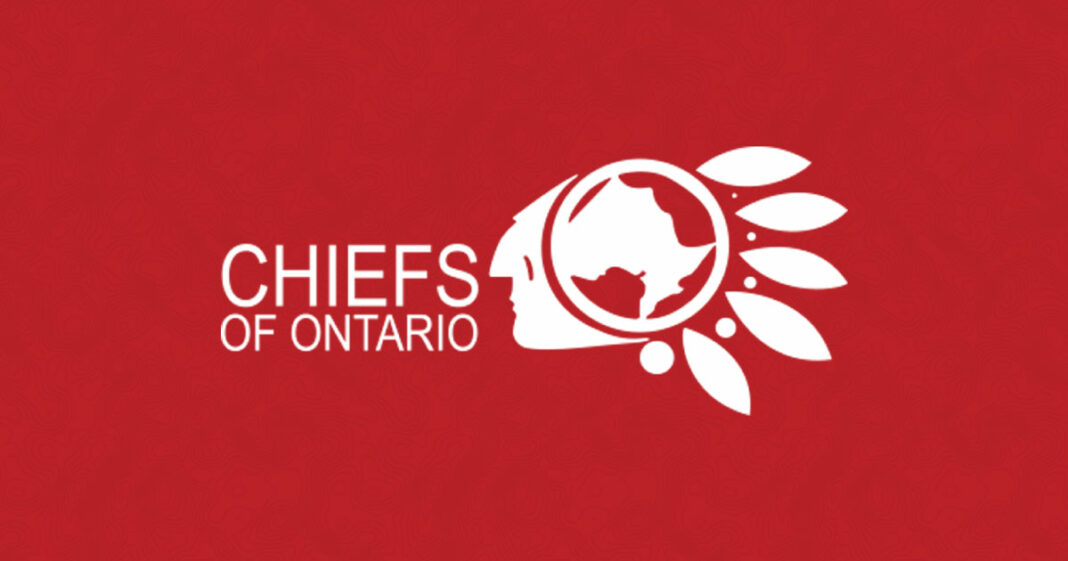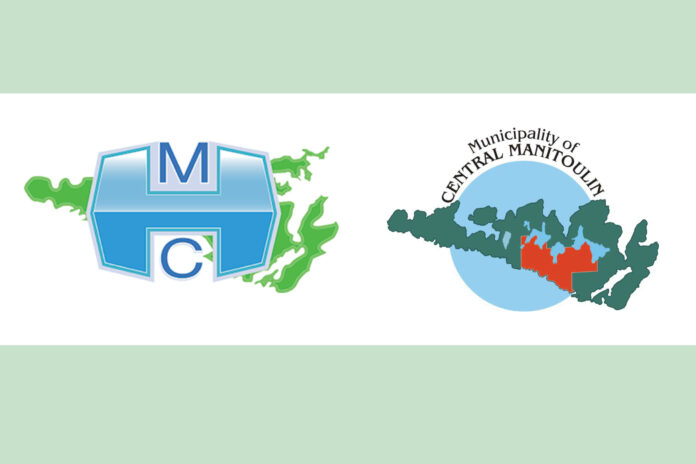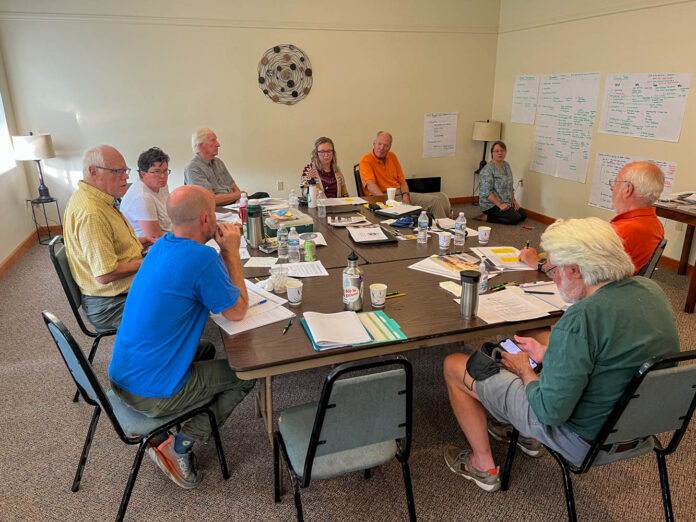ONTARIO—Ontario Regional Chief Glen Hare and the Chiefs of Ontario (COO) released a statement following the passing of resolution 45/16, Provincial Bilateral Process on Education, during the 2023 Fall Chiefs Assembly (FCA), which accepted recent reports as key evidence and the impetus for work being undertaken by the First Nations Life Long Learning Table (FNLLT).
“The longstanding systemic gaps in both the federally- and provincially-funded education systems have resulted in systemic discrimination,” said Ontario Regional Chief Glen Hare. “This continues to grow and has created significant barriers to positive educational outcomes and achievements for First Nation learners in comparison to the non-First Nations population.”
“In order to gather evidence of the magnitude of the chronic systemic gaps and create a baseline from which these barriers can be addressed, COO has embarked on the COO Systemic Gaps Education Project. This project is intended to address the Truth and Reconciliation Commission Calls to Action on education and provide evidence-informed recommendations on how to monitor disparities in educational outcomes and opportunities for First Nation students in First Nation schools, as well as First Nations students in provincially funded schools.”
The first two reports emerging from this project focus on understanding current gaps in education outcomes and opportunities facing First Nation students that attend provincially funded schools in Ontario. Significant findings and recommendations of the first two reports include the statistic that in 2018-2019, 67 percent of Ontario students attended school at least 90 percent of the time, compared to 40 percent of First Nations overall and 24 percent of students living in First Nation communities.
Studies also show that in 2019-2020, 68 percent of First Nations students were “on track” for graduation with eight credits earned in Grade 9, compared to 87 percent of Ontario students overall.
In 2018-2019, First Nations students were heavily overrepresented in applied math, associated with lower chances of graduation and post-secondary opportunities.
Graduation in four and five years
Between 2016-2017 and 2020-2021, 89 percent of Ontario students graduated with an Ontario Secondary School Diploma (OSSD) within five years, among First Nations students only 60 percent did.
A larger proportion of First Nations graduates (nine percent) take five years to graduate, compared to the Ontario average (five percent).
Self-identified First Nations students are three times more likely than the Ontario average to finish high school with a certificate instead of a diploma. A certificate represents partial completion of diploma requirements.
In a second report, titled ‘Suspensions and Equitable Access to a Positive Disciplinary Climate,’ it was found that in 2018-2019, 9.4 percent of First Nations students in elementary school faced suspension, compared to two percent of Ontario students.
In 2018-2019, the rate of suspension for First Nations students in Ontario was 12.3 percent, compared to a provincial average of 5.5 percent. The rate of suspension for students living in First Nation communities was 12.6 percent.





